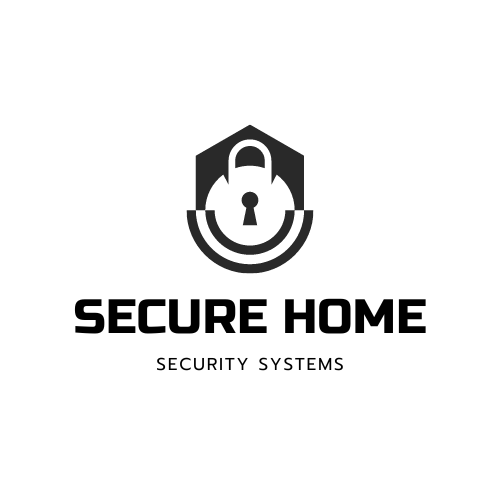
The Hidden Costs of Outdated Alarm Systems: A Modern Hassle
Share
The Hidden Costs of Outdated Alarm Systems: A Modern Hassle
In today's fast-paced world, security is a top priority for many homeowners. However, numerous households are still relying on outdated alarm systems that not only go unused but also present a myriad of challenges when it comes to maintenance and functionality. It's time to address why these old systems are more of a hassle than a help and how modern alternatives can offer a seamless security experience.
Why Outdated Alarm Systems Go Unused
-
Complexity and Inconvenience: Older alarm systems often require manual operation and complicated setups, making them inconvenient for daily use. Homeowners may find it easier to leave these systems deactivated rather than dealing with their cumbersome nature.
-
False Alarms: Outdated alarms are notorious for false alarms, caused by issues like faulty sensors or improper installation. Frequent false alarms can lead to "alarm fatigue," where homeowners start ignoring the system altogether.
-
Lack of Integration: Many older alarm systems are standalone devices that don't integrate with modern smart home technologies. This lack of compatibility can render them obsolete in a world where interconnected devices offer better control and monitoring.
-
Maintenance Hassles: Keeping an old alarm system functional requires regular maintenance and occasional repairs, which can be both time-consuming and costly. With parts becoming harder to find and technicians charging premium rates for servicing antiquated equipment, it's no wonder these systems fall into disuse.
-
Limited Features: Compared to contemporary security solutions, older systems lack advanced features such as remote monitoring, mobile alerts, and smart automation. These limitations can significantly reduce their effectiveness and appeal.
The Modern Solution: Smart Home Security Systems
Transitioning to a smart home security system can alleviate the frustrations associated with outdated alarms. Here’s how modern systems can enhance your home security experience:
-
Ease of Use: Smart security systems are designed with user convenience in mind. They often come with intuitive mobile apps that allow you to control and monitor your system from anywhere, simplifying everyday use.
-
Reduced False Alarms: Advanced sensors and smarter technology reduce the occurrence of false alarms. Some systems even use machine learning to differentiate between actual threats and harmless activities, ensuring greater reliability.
-
Seamless Integration: Modern security systems can integrate with other smart home devices, such as lights, cameras, and voice assistants. This interconnectedness provides a more cohesive and comprehensive security solution.
-
Cost-Effective Maintenance: While the initial investment might be higher, smart systems are generally more reliable and require less frequent maintenance. Additionally, software updates can often be done remotely, eliminating the need for costly service calls.
-
Enhanced Features: Features like remote access, real-time notifications, two-way audio, and smart automation make modern security systems far superior to their outdated counterparts. These functionalities not only enhance security but also add convenience to your daily life.
Making the Transition
If you're still relying on an outdated alarm system, it’s time to consider upgrading to a smart home security solution. Not only will this modernize your home’s security, but it will also provide you with peace of mind, knowing that you have a reliable and efficient system in place to protect your property and loved ones.
Investing in a smart home security system is not just about preventing potential break-ins; it's about adapting to a world where technology simplifies and enhances your life. By saying goodbye to outdated, cumbersome alarms, you can welcome a new era of home security that is both user-friendly and highly effective.
